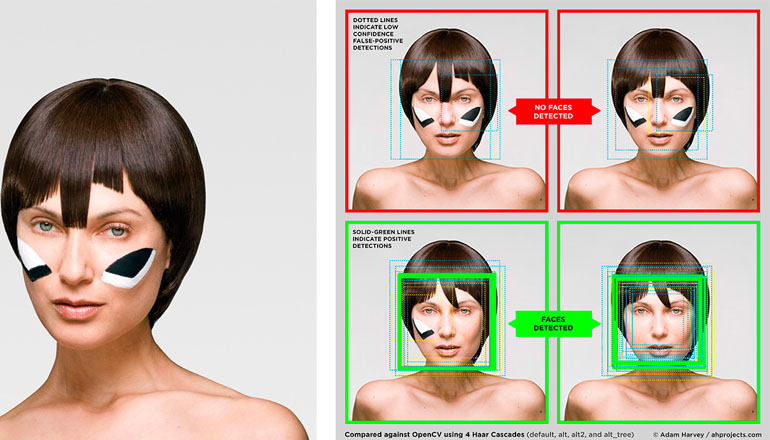Begin of page section: Content

Using art & activism to expose invisible technologies affecting our reality in a surveillance state
Algorithms are ubiquitous but yet exist in parallel to our visible world, in bits and bytes, zeros and ones, appearing to us on screens, although their function is concealed to us. They are living in machines, executing orders and are inherent political. By coming up with abstract definition for technologies like the internet or the cloud, they become incomprehensible. But in fact, invisible technologies do take space in the physical world. They take the form of data centers across the globe or underwater fiber optic cables connecting continents. Artistic practises have the power to render visible and communicate complex systems in a understandable realm. This way, abstract technologies are shifting from beyond comprehensibility into a debatable sphere that can lead to critical engagement. Artists become activists and the act of rendering visible becomes a counteraction against hegemony. According to James Bridle, technologies are not preexisting – they tell us stories of ourselves, unveil a social demand and structures of power.
Meeting in the intersection of art, technology and politics, the two invited artists present and discuss their artistic reflections on these technologies. Such as James Bridle project 'Citizen Ex: Algorithmic Citizenship', that deals with the very real effects of invisible algorithms onto our lifes. This browser extension calculates a algorithmic citizenship depending on your geolocation and the websites one visits. Every time you request a site your information passes through time, space and law and has therefore different consequences on your reality. These include what adverts are shown to you, if you are allowed to watch a youtube video, or to what extent your data is gathered by surveillance agencies. By understanding this, we can use tools to protect our privacy, like a VPN (Virtual Private Network) that protects our information. The counteraction approach to surveillance algorithms is the artistic response of Adam Harvey. His work is orbiting around techniques that often manifest in fashion and make-up as camouflage to trick facial recognition algorithms so they are unable to surveil, track or identify the individual.
What unites them is the proposition that if we don't understand how technologies around us work, we are more likely to be their victims, rather than using them for our own good. And art can help lead the way.
Image credits: CV Dazzle © Adam Harvey
Saturday, 04 Mar
19:30 - 21:00
Forum Stadtpark
Stadtpark 1, 8010 Graz
Moderation: Berit Gilma (Elevate)

#e17Arts
End of this page section.
Skip to overview of page sections.